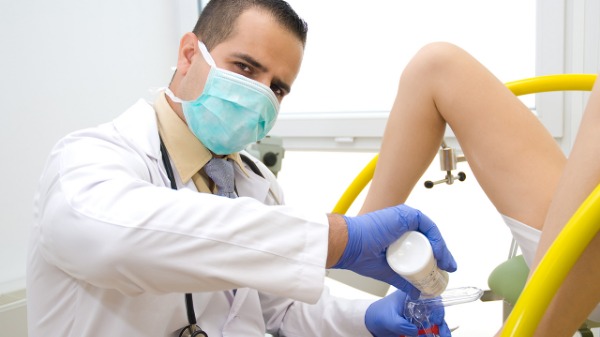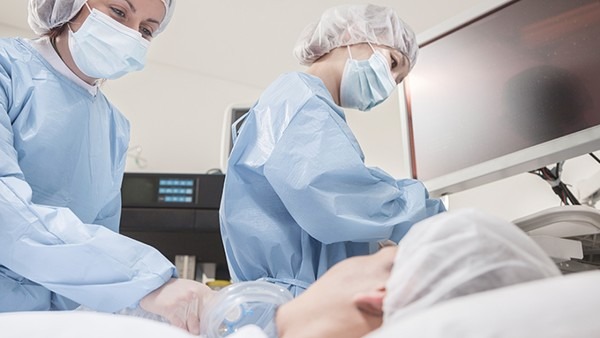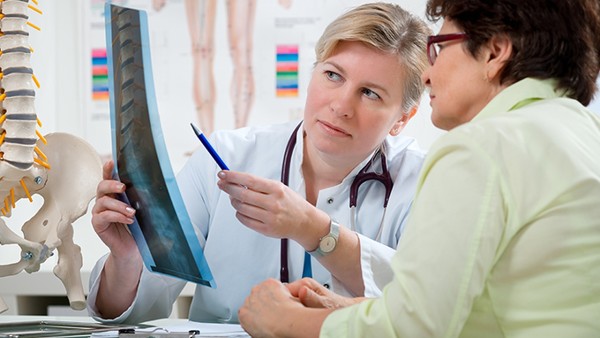How to Cure Cervical Vertebrae Spur and Bone Hyperplasia

Cervical vertebrae spur and bone hyperplasia are common spinal conditions that can cause pain, stiffness, and other symptoms. While there is no cure for these conditions, there are a number of treatments that can help to manage the symptoms and improve quality of life.
What are cervical vertebrae spur and bone hyperplasia?
Cervical vertebrae spur is a bony outgrowth that forms on the edge of a cervical vertebra. Bone hyperplasia is a condition in which the bones in the spine become thicker and denser. These conditions can occur together or separately.
What causes cervical vertebrae spur and bone hyperplasia?
The exact cause of cervical vertebrae spur and bone hyperplasia is unknown. However, there are a number of factors that may contribute to the development of these conditions, including:
Age: These conditions are more common in older ***s.
Degenerative changes in the spine: As we age, the spine undergoes a number of degenerative changes that can lead to the formation of spurs and bone hyperplasia.
Trauma: A traumatic injury to the spine can damage the bones and lead to the formation of spurs.
Obesity: Being overweight or obese can put extra stress on the spine, which can contribute to the development of spurs and bone hyperplasia.
Genetics: Some people may be more likely to develop these conditions due to their genes.
What are the symptoms of cervical vertebrae spur and bone hyperplasia?
The symptoms of cervical vertebrae spur and bone hyperplasia can vary depending on the severity of the condition. Some people may experience no symptoms at all, while others may experience:
Pain in the neck
Stiffness in the neck
Headache
Numbness or tingling in the arms or hands
Weakness in the arms or hands
Difficulty swallowing
Dizziness
How is cervical vertebrae spur and bone hyperplasia diagnosed?
Cervical vertebrae spur and bone hyperplasia can be diagnosed with a physical examination and X-rays. In some cases, an MRI or CT scan may be necessary to get a more detailed view of the spine.
How is cervical vertebrae spur and bone hyperplasia treated?
There is no cure for cervical vertebrae spur and bone hyperplasia, but there are a number of treatments that can help to manage the symptoms and improve quality of life. These treatments may include:
Medication: Over-the-counter pain relievers, such as ibuprofen or acetaminophen, can help to relieve pain and inflammation. In some cases, stronger prescription pain relievers may be necessary.
Physical therapy: Physical therapy can help to improve range of motion in the neck and reduce pain.
Chiropractic care: Chiropractic care can help to align the spine and reduce nerve compression.
Surgery: Surgery may be necessary in severe cases of cervical vertebrae spur and bone hyperplasia. Surgery can involve removing the spurs or bone hyperplasia, or fusing the vertebrae together.
How can I prevent cervical vertebrae spur and bone hyperplasia?
There is no sure way to prevent cervical vertebrae spur and bone hyperplasia, but there are a number of things you can do to reduce your risk of developing these conditions, including:
Maintaining a healthy weight
Exercising regularly
Avoiding smoking
Limiting alcohol intake
Getting regular checkups with your doctor
Outlook for cervical vertebrae spur and bone hyperplasia
The outlook for cervical vertebrae spur and bone hyperplasia is generally good. Most people with these conditions are able to manage their symptoms with treatment and live full and active lives. However, in severe cases, these conditions can lead to disability.
How to Naturally Treat Cervical Vertebrae Spur and Bone Hyperplasia
In addition to the traditional treatments for cervical vertebrae spur and bone hyperplasia, there are a number of natural remedies that may help to relieve symptoms and improve quality of life. These remedies include:
Acupuncture: Acupuncture is a traditional Chinese medicine technique that involves inserting thin needles into the skin at specific points on the body. Acupuncture may help to relieve pain, reduce inflammation, and improve circulation.
Massage therapy: Massage therapy can help to relax the muscles in the neck and relieve pain.
Heat therapy: Heat therapy can help to relieve pain and stiffness in the neck.
Cold therapy: Cold therapy can help to reduce inflammation and pain.
Herbal remedies: Some herbal remedies, such as turmeric and ginger, may have anti-inflammatory properties that can help to relieve symptoms of cervical vertebrae spur and bone hyperplasia.
If you are considering using natural remedies to treat cervical vertebrae spur and bone hyperplasia, it is important to talk to your doctor first. Some natural remedies may not be safe for everyone, and some may interact with medications you are taking.
Conclusion
Cervical vertebrae spur and bone hyperplasia are common spinal conditions that can cause pain, stiffness, and other symptoms. While there is no cure for these conditions, there are a number of treatments that can help to manage the symptoms and improve quality of life. If you are experiencing symptoms of cervical vertebrae spur or bone hyperplasia, talk to your doctor to discuss the best treatment options for you.
The above is all the content that the editor wants to share with you. I sincerely hope that these contents can bring some help to your life and health, and I also wish that your life will be happier and happier.
Topic: #cure #cervical #how














